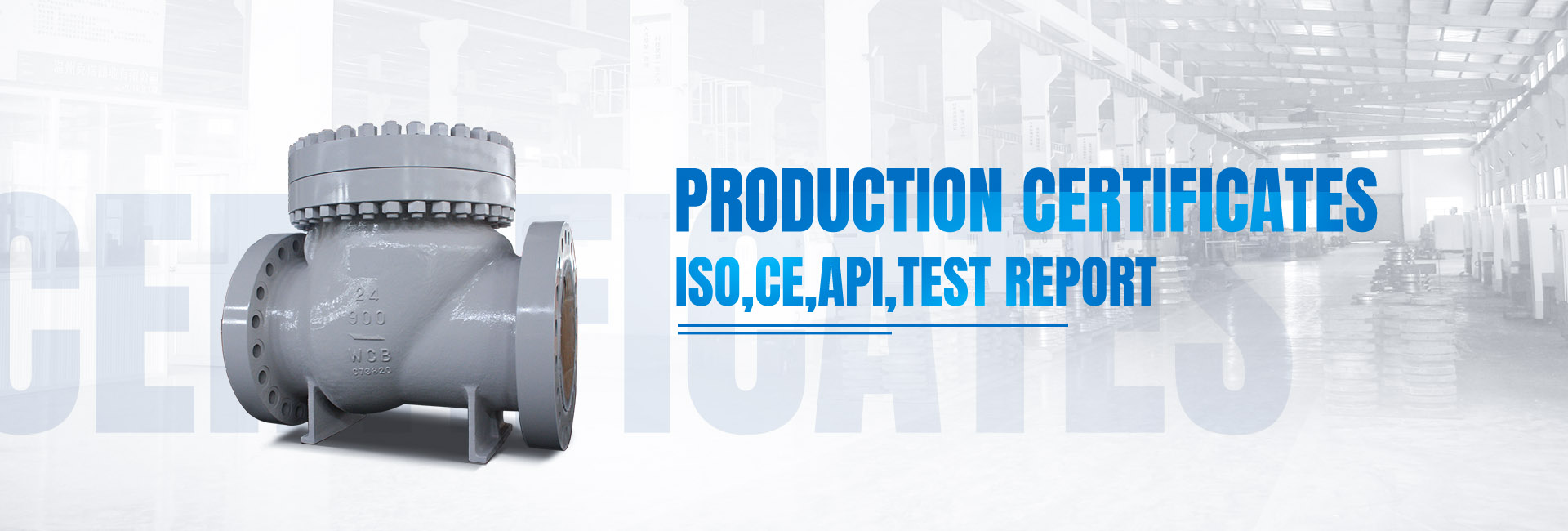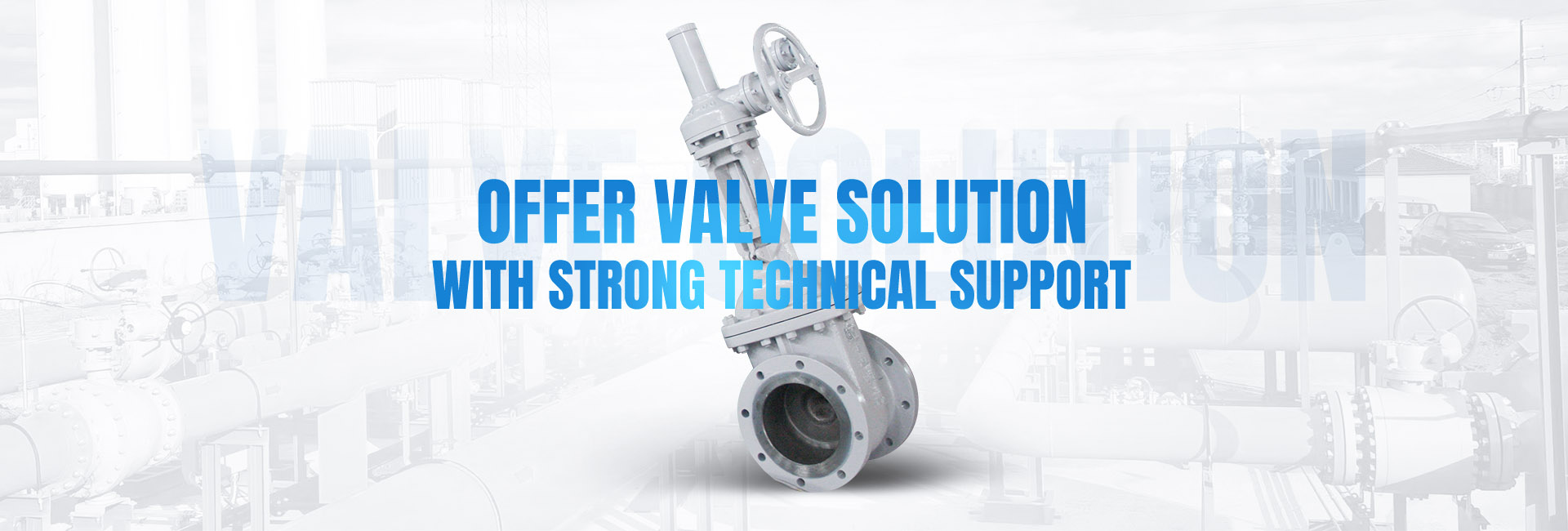Types of cryogenic valves
The types of cryogenic valves include cryogenic globe valve, cryogenic ball valve, cryogenic emergency shut-off valve, cryogenic safety valve, cryogenic check valve, cryogenic pressure reducing valve, cryogenic filter, cryogenic electric ball valve, cryogenic pneumatic ball valve, which are widely used in -196℃~+ Gas/liquid storage tanks and equipment at 80°C. Such as liquid oxygen, liquid nitrogen, petroleum liquefied gas and other low temperature media.
Cryogenic valve manufacturing process
Strict manufacturing process and equipment are formulated for the produced cryogenic valves, and strict quality control is carried out on the processing of parts. After special low temperature treatment, the rough machined parts are placed in the cooling medium for several hours (2-6 hours) to release the stress, ensure the low temperature performance of the material, and ensure the finishing size to prevent the valve from being damaged due to low temperature conditions. Leaks caused by deformation due to temperature changes. The assembly of the valve is also different from that of ordinary valves, and the parts need to be strictly cleaned to remove any oil stains to ensure the performance.
Cryogenic valve inspection
In addition to the normal temperature and low temperature test, the low temperature valve should also be tested as follows:
1. The main parts of the ultra-low temperature valve should be cryogenically treated
2. The main parts and welds should be subjected to low temperature impact test to ensure that the valve is not brittle under low temperature conditions;
3. The valve must be tested at room temperature. First, 1.5 times the nominal pressure hydraulic strength test, and then 1.1 times the nominal pressure sealing test;
4. After the hydrostatic test, the valve must be free of moisture, free of grease, and kept dry;
5. Each batch of low-temperature valves should be sampled according to a certain proportion for low-temperature test, and the low-temperature test must be carried out after 1.5 times the hydraulic strength test;
6. After the valve is tested at low temperature, air should be prevented from entering the valve;
7. After the valve is tested at low temperature, it should be heated up naturally or by blowing with a fan. It is strictly forbidden to use heating and other methods to accelerate the temperature of the valve;
8. After the valve is heated up naturally in the low temperature test, tighten the valve fasteners again;
9. When the valve is put into storage, be sure to check the valve switch to ensure that the valve is in a reasonable state;
10. During the storage and transportation of the valve, attention should be paid to the separation of stainless steel and carbon steel valves, and to prevent dust, water, oil and bumps;
11. The flow direction, pressure relief direction and nameplate of the valve should be checked according to the requirements of the design unit.
Installation requirements for cryogenic valves
Because of the special structure of cryogenic valves, the installation of cryogenic valves also has its own special requirements. Because of the long-necked bonnet structure of the cryogenic valve, the direction of the stem and valve stem must be within a vertical angle of 45 degrees when the cryogenic valve is installed, and installation on the vertical pipeline should be avoided as much as possible. Otherwise, the low temperature medium will fill the extended part of the valve cover, causing the valve packing to fail, and will transfer the cold energy to the valve handle, causing personal injury to the operator.
For low temperature valves with pressure relief structure, when installing the valve, special attention should be paid to the requirements of the pressure relief direction of the valve. The direction of valve pressure relief should be marked on the process flow chart and reflected in the pipeline axonometric drawing (this is extremely important, extremely important, extremely important). The liquid in the valve cavity is heated and vaporized, which can easily cause the valve body to burst. If the direction of the pressure relief is wrong, the flammable or toxic process medium may be released to the operation and maintenance side, resulting in casualties!
BASKET STRAINER
Basket strainers are installed to protect equipment from damage caused by unwanted debris that may be in the pipeline. The unwanted debris could be dirt or other foreign particles that make their way into the process fluid. Typically, basket strainers are installed in horizontal pipelines and in situations where high flow capacity is required.
These strainers are installed upstream of equipment like pumps, control valves, and traps, keeping potentially corrosive or damaging debris from making its way down the line. They can be installed alone or in a series to increase filtration. They may come with a single chamber (simplex strainers) or multiple chambers (multiplex strainers).
API CASR STEEL Y STRAINER FLANGED END
Y-shaped strainers for steam,air and water protect equipment from dirt,rust or scale in the pipeline.
1.Simple yet rugged construction ensures long service life .
2.Double-layer stainless steel screen with large surface area ensures trouble-free operation.
3.Design for easy inline cleaning and maintenance.
FORGED Y STRAINER CL 800/CL1500/CL2500
Y-shaped strainers for steam,air and water protect equipment from dirt,rust or scale in the pipeline.
1.Simple yet rugged construction ensures long service life .
2.Double-layer stainless steel screen with large surface area ensures trouble-free operation.
3.Design for easy inline cleaning and maintenance.
4.Bolted Bonnet or Welded Bonnet
Post time: Oct-25-2022






